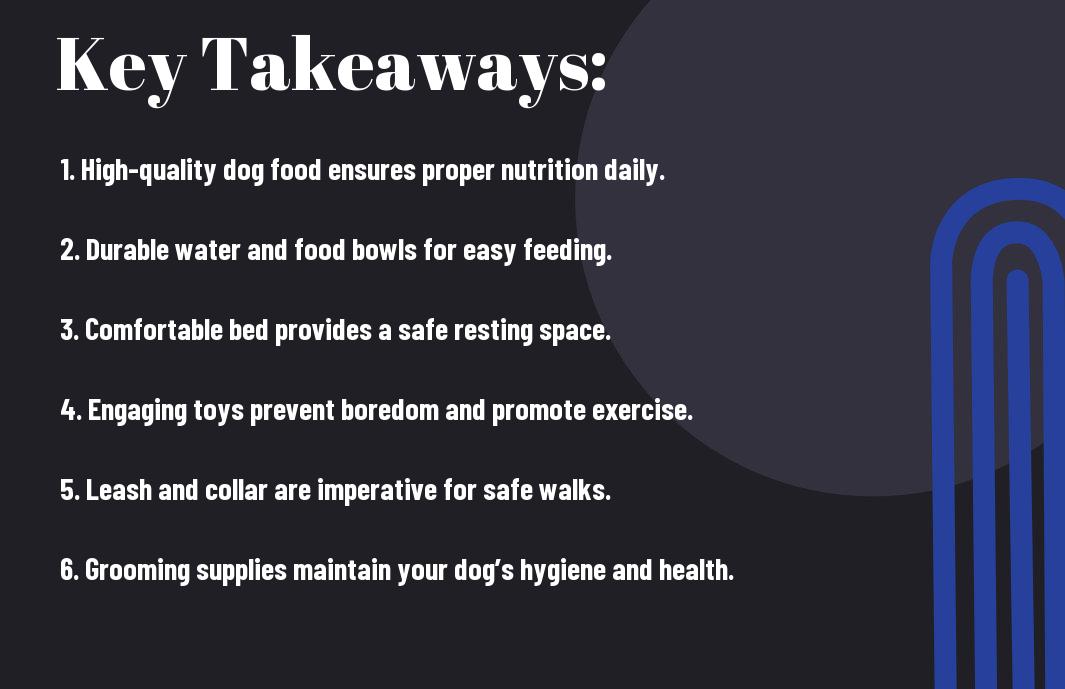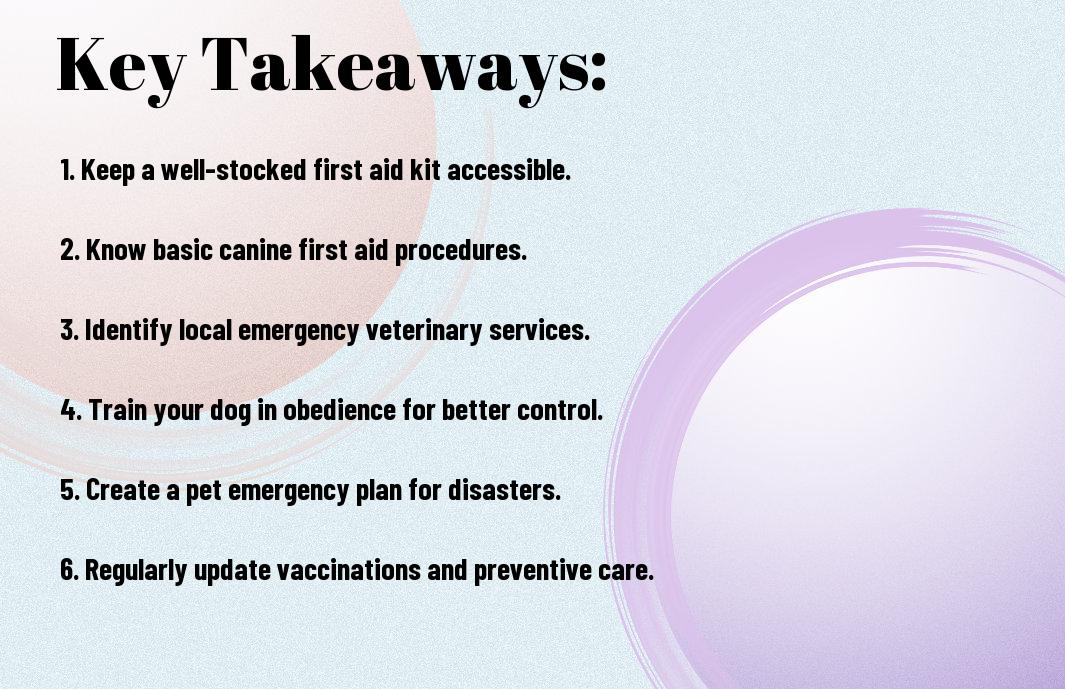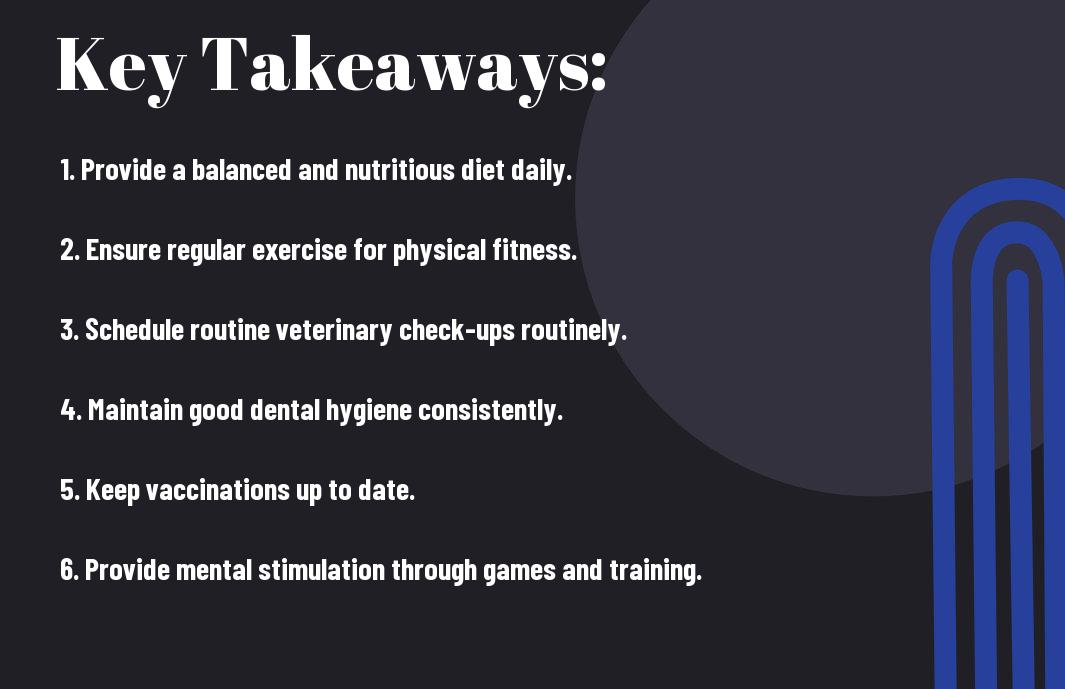Emergency situations can arise unexpectedly, putting your horse at risk. By creating a comprehensive emergency plan, you can ensure that you and your horse are prepared to face any crisis, whether it’s a natural disaster, fire, or medical emergency. This plan should include evacuation routes, contact information for your veterinarian, and a list of supplies you’ll need on hand. Taking proactive steps not only protects your horse but also gives you peace of mind during stressful times.

Decoding Potential Threats to Equine Safety
Understanding the various threats to your horse’s safety is vital for effective emergency preparedness. Analyze the specific risks in your area, whether they stem from natural disasters, human activities, or unexpected events. Natural threats can include wildfires, floods, and hurricanes, while human-caused emergencies may involve issues like vandalism, chemicals, or road accidents. Preparing for these scenarios ensures you can respond promptly and effectively, protecting both your horse and your property.
Natural Disasters: What Every Horse Owner Should Know
Natural disasters can disrupt your routine and pose significant risks to your horse. Familiarize yourself with local hazards such as tornados, earthquakes, and severe storms, which can lead to injuries or fatalities. Maintain an updated list of emergency contacts and develop exit strategies, ensuring safe routes to evacuate your horse if necessary. Equipment like shelters and emergency kits should be readily available to mitigate these dangers.
Human-Caused Emergencies: Preparing for Unforeseen Circumstances
Human-caused emergencies often arise unexpectedly, demanding immediate action. Scenarios like barn fires, chemical spills, or nearby civil unrest can jeopardize your horse’s safety, necessitating a well-thought-out response plan tailored for these situations. Equip yourself with knowledge about basic first aid and early warning signs to spot potential threats, ensuring that you can safeguard your equine friend in crisis.
In a recent study, it was reported that fire outbreaks in barns account for over 50% of livestock losses during emergencies. Quick access to fire extinguishers, hay storage protocols, and regular inspections of electrical systems can tip the scales in your favor. Create a communication tree for emergencies, ensuring your support team knows their roles and responsibilities. Establishing barriers to chemical hazards on your property or having evacuation routes mapped out can significantly reduce the risks from unforeseen human-caused threats.
Essential Components of Your Emergency Plan
An effective emergency plan for your horse must include clear strategies for evacuation, timely communication, and a thorough inventory of supplies. Documenting every aspect ensures that you, your horse, and anyone assisting you can navigate emergencies with confidence and efficiency. Prepare for the unexpected by recognizing each component that supports your horse’s safety during a crisis.
Developing an Evacuation Strategy: Routes and Resources
Map out multiple evacuation routes that lead to safe locations, considering potential obstacles like flooded roads or blocked paths. Identify local facilities, including stables and horse rescues, that can accommodate your horse. Equip yourself with the contact information of these places and establish relationships with neighbors and local authorities to enhance coordination.
Inventorying Supplies: What Your Horse Needs in a Crisis
Compile a checklist of necessary supplies to keep on hand during emergencies. Include food, water, first aid kits, halters, lead ropes, and identification tags. Your inventory should consider the number of horses you own and the duration you may be self-sufficient while awaiting assistance.
When creating your inventory, ensure that you have at least 72 hours’ worth of feed and water stored, supplemented by a portable feeding solution for travel. A fully stocked first aid kit should contain items like antiseptic, bandages, and medications specific to your horse’s needs. Prepare identification materials like photos and microchip information to expedite reunification if displaced. Taking stock now ensures your horse’s well-being is prioritized when time and resources become critical.

Communication and Coordination in Times of Crisis
Establishing effective communication and coordination during a crisis can significantly minimize chaos and enhance rescue efforts for your horse. Create a list of contacts that includes local emergency services, veterinarians, and nearby horse owners. Ensure that everyone involved knows their roles and responsibilities, so you can act swiftly and efficiently when disaster strikes. Routine drills can help ensure everyone is prepared and familiar with the steps to take when an emergency occurs.
Building a Network: Establishing a Support System of Fellow Owners
Your ability to manage a crisis improves significantly when you have a reliable network of fellow horse owners. Forming connections with others in your area provides mutual support during emergencies. Sharing resources, knowledge, and experiences enhances your preparedness and fosters a sense of community. Regular meetings can strengthen these bonds, allowing you to establish emergency contacts and protocols together.
Utilizing Technology: Apps and Tools for Real-Time Updates
Leveraging technology can streamline communication during emergencies. Several apps exist specifically for pet owners that provide real-time updates, alerts, and GPS tracking for evacuations. Using platforms like WhatsApp or group texts can facilitate instant communication with your support network, enabling you to disseminate crucial information quickly. Access to live weather updates or local emergency alerts via smartphone notifications ensures you remain informed about any developing situations.
Popular apps like “Equine Emergency” or “MyHorse” not only allow you to track your horse’s medical history and vaccination records but also serve as a valuable communication tool during a crisis. These platforms offer features like location sharing and group messaging, keeping your support network connected and informed. Additionally, many local authorities have emergency apps that provide updates on road closures, shelter availability, and evacuation orders, which can be lifesaving when every minute counts.
Practice Drills: Are You and Your Horse Ready?
Regular practice drills will ensure both you and your horse are well-prepared for unexpected situations. Schedule these drills to simulate various emergencies, such as natural disasters or sudden medical crises. Familiarity with the process helps build confidence and reduces panic, enabling you to act decisively when it matters most.
Conducting Simulated Emergencies: Testing Your Plan
Simulated emergencies are vital for evaluating the effectiveness of your emergency plan. Create scenarios that mimic possible disasters, such as a fire or flooding. Have a clear timeline and checklist to follow during these exercises, ensuring each aspect of your plan is tested and any weaknesses identified for improvement.
Training Your Horse: Behavioral Preparation for Stressful Situations
Behavioral preparation is necessary for your horse to remain calm during emergencies. Introduce your horse to stimuli that mimic stressful situations, such as loud noises or sudden movements. Gradual exposure will help desensitize them and build trust in your ability to manage crises.
Training your horse involves working on their responsiveness to commands under stress. Use positive reinforcement techniques to reward calm behavior during practice drills that simulate emergencies. Incorporate desensitization exercises, such as walking over tarps or through busy areas, so your horse learns to remain composed. Aim for consistent exposure to various stimuli, allowing them to cope with the unpredictability of real emergencies. Regular training not only improves your horse’s confidence but also deepens the bond you share, making it easier to navigate tense situations together.

Continuous Assessment: Updating Your Emergency Plan
Regularly revisiting and refining your emergency plan ensures it remains effective and relevant. Factors such as changes in local disaster risks or shifts in your horse’s needs can influence how you prepare. Schedule assessments at least twice a year, or whenever significant changes occur, to incorporate new information and strategies.
Monitoring Changes in Environment and Situation
Stay informed about natural disasters or threats specific to your area. Events like wildfires, floods, or severe weather can drastically alter risks. Utilize local news, weather alerts, and community bulletins to detect potential hazards that may impact your horse’s safety directly.
Incorporating Lessons Learned from Past Experiences
Past emergencies offer invaluable insights for future preparedness. Analyze your responses to previous situations to identify strengths and weaknesses in your emergency plan. Engaging with local equine communities also provides shared experiences that can contribute to a more robust strategy.
For example, if a wildfire forced an evacuation last summer and you realized your trailers were insufficient for multiple horses, consider investing in additional transport options or refining your evacuation routes. Observing neighbors’ successful strategies during emergencies can also highlight practical elements to include in your own plan. Continuous education on best practices from previous incidents ensures you adapt and improve, keeping your horse’s safety as a top priority.
Conclusion
As a reminder, developing an emergency plan for your horse is imperative for ensuring their safety during a disaster. You should regularly assess potential risks, establish evacuation routes, and prepare imperative supplies. Additionally, familiarize yourself with local emergency services and have a communication strategy in place. By taking these proactive steps, you not only safeguard your horse but also enhance your confidence in handling unforeseen events effectively.
FAQ
Q: What should be included in an emergency plan for my horse?
A: Your emergency plan should include contact information for your veterinarian, local emergency services, evacuation routes, a list of necessary supplies (food, water, medications), and a strategy for safely transporting your horse. Additionally, consider practicing drills with your horse to ensure familiarity with the plan.
Q: How can I prepare my horse for a natural disaster?
A: To prepare your horse, ensure they are halter-trained and comfortable with being loaded into a trailer. Familiarize them with the sounds and scenarios of an emergency, and have a kit ready that includes the necessarys for their care. Regularly check and update your emergency supplies.
Q: Where should I store my emergency supplies for my horse?
A: Emergency supplies should be stored in a cool, dry place that is easily accessible. Consider a designated area in your barn or a secure shed. Ensure that the supplies are in waterproof containers and are regularly checked for expiration dates and inventory levels.











